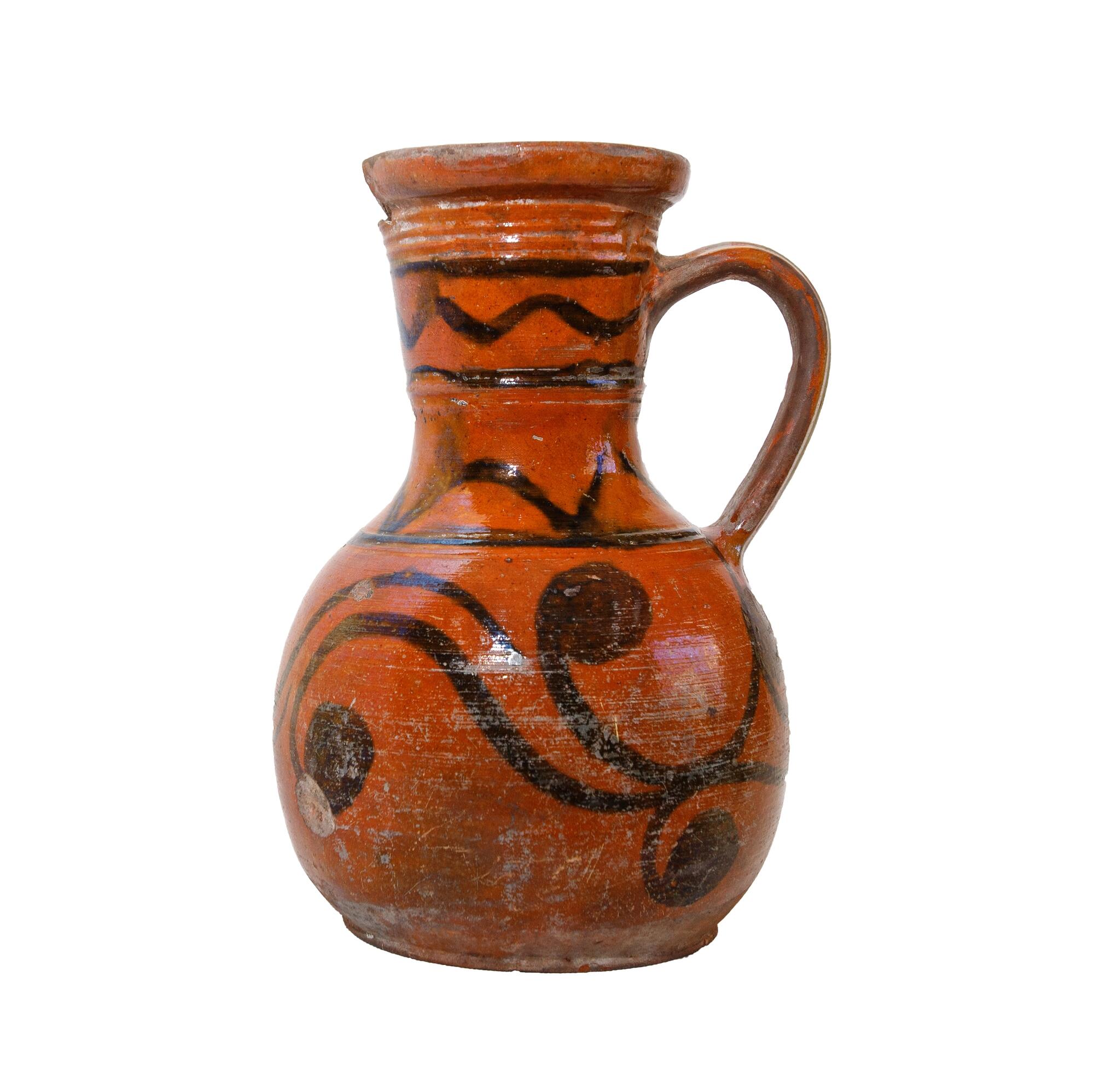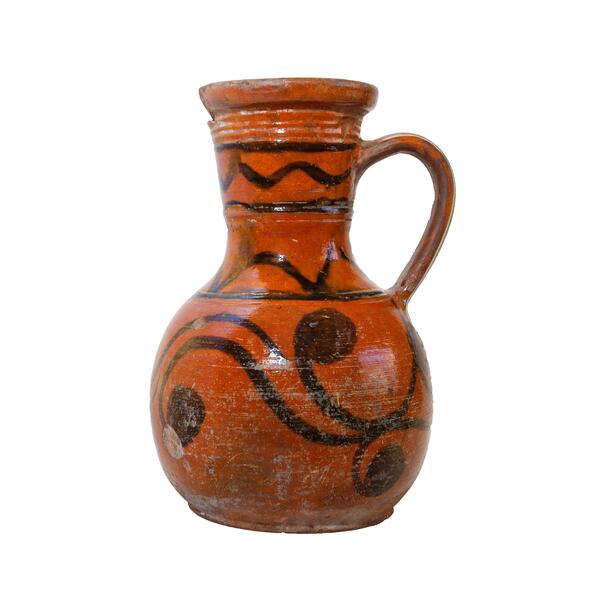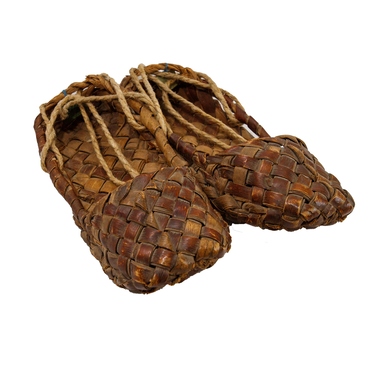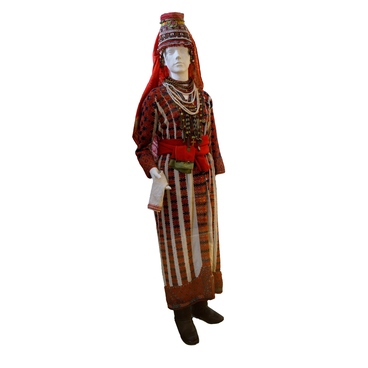Covered with glaze, the painted jug is made of red clay. The terracotta background has a contrasting dark green décor, applied with broad freehand strokes. The neck of the jug is decorated with two bands of ribbon-like ornament of wavy and arched lines. The body is painted with large S-shaped scrolls.
Such ceramics was made in the village of Sukhoi Karsun in the Karsun district of the Ulyanovsk region. The settlement was founded in 1747. By the middle of the 19th century, thanks to high-quality clay reserves, it became a center of pottery not only in the Karsun district, but also in the entire Simbirsk province. Karsun inhabitants provided a large number of towns and villages of neighboring provinces with pottery, took their goods beyond the Volga, where they exchanged them for grain.
There was a saying in Sukhoi Karsun:
Such ceramics was made in the village of Sukhoi Karsun in the Karsun district of the Ulyanovsk region. The settlement was founded in 1747. By the middle of the 19th century, thanks to high-quality clay reserves, it became a center of pottery not only in the Karsun district, but also in the entire Simbirsk province. Karsun inhabitants provided a large number of towns and villages of neighboring provinces with pottery, took their goods beyond the Volga, where they exchanged them for grain.
There was a saying in Sukhoi Karsun:



